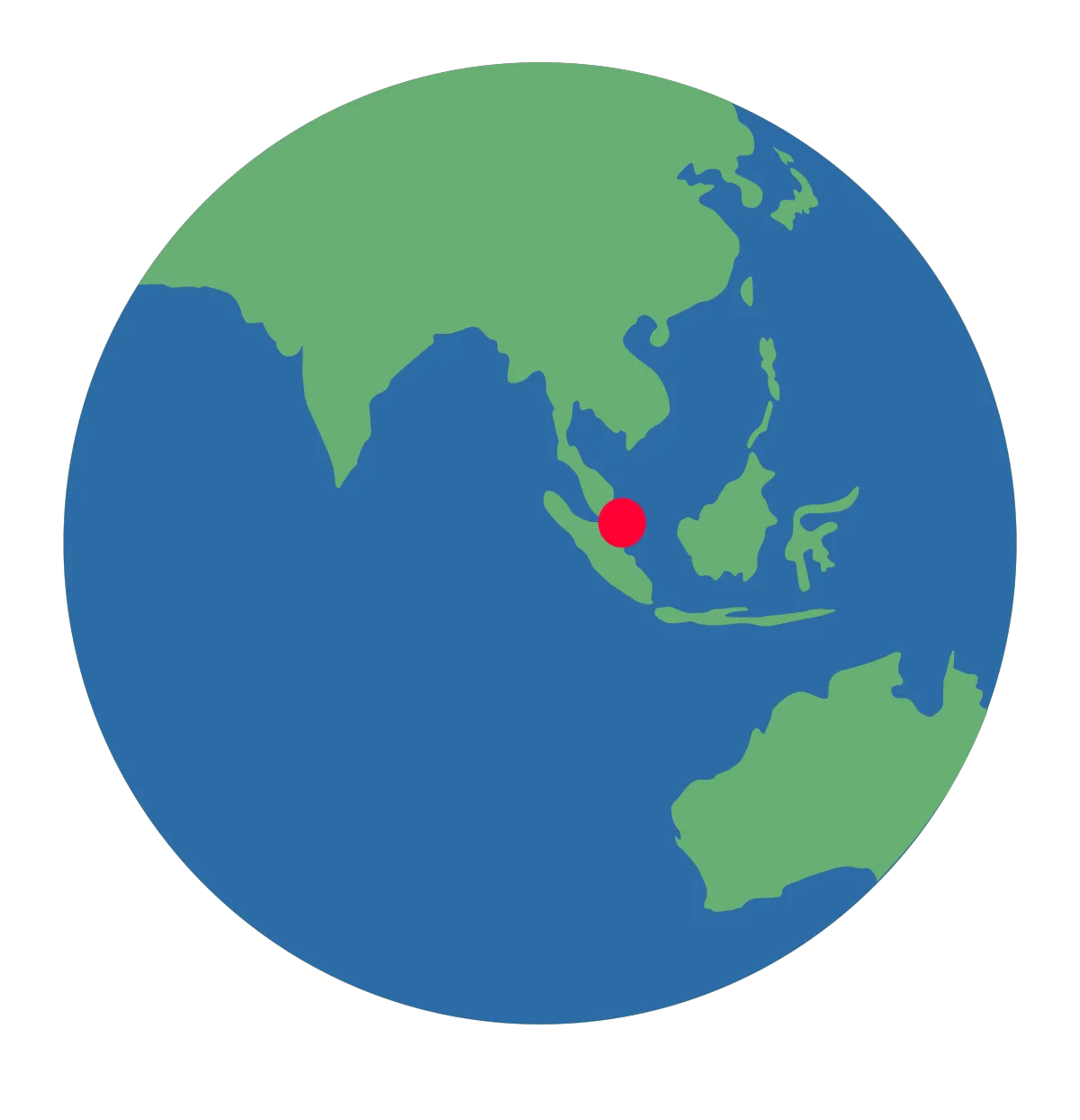![original post]](https://images.leadconnectorhq.com/image/f_webp/q_80/r_1200/u_https://storage.googleapis.com/msgsndr/7bMoJrCXzXdksFUGSZhZ/media/6915b632948ba5166261edf9.png)
Can Asians Really Have Celiac Disease?
Can Asians Really Have Celiac Disease?
Yes, And Here’s Why It’s Often Missed
Celiac disease is often considered a "caucasian problem", but new research is proving otherwise.
For decades, it’s been assumed that celiac disease is rare in Asian populations. Many doctors were even taught that people of Asian or Southeast Asian descent simply could not have celiac disease.
But that belief is no longer supported by evidence.
As a result of this outdated thinking, celiac disease is not routinely tested for in many parts of Asia, even in people with symptoms like bloating, chronic diarrhea, constipation, fatigue, or iron deficiency anemia.
In many cases, these symptoms are attributed to irritable bowel syndrome (IBS), but new research shows that a portion of IBS cases may actually be undiagnosed celiac disease.
What Does the Research Say?
A 2025 study (1) investigated the prevalence of celiac disease in people diagnosed with IBS across Asia. This was a hospital-based study that included patients from Singapore, Malaysia, Indonesia, India, Thailand, and Japan.
What did they do?
The study involved 2,546 people with IBS.
Participants underwent blood testing for celiac antibodies (tTG-IgA and EMA).
If both blood tests were positive, the person was considered to have serologically defined celiac disease (highly likely based on antibodies).
A small group of patients also had intestinal biopsies to confirm the diagnosis.
What did they find?
2.75% of IBS patients had positive antibody tests indicating likely celiac disease.
Results by country:
Singapore: 5.5% (though based on a small sample)
Malaysia: 3.8%
India: 3.75%
Indonesia: 3.6%
Japan: 0.1% (very low prevalence)
96% of participants reported eating wheat regularly.
Among those who underwent a biopsy, 70% showed intestinal damage typical of celiac disease.
These findings suggest that celiac disease is not rare in Asia - and it’s often being missed, particularly in people already diagnosed with IBS.

Gluten Is Not Rare in Asian Diets
One common misconception is that people in Asia eat very little gluten. While traditional Asian & Southeast Asian diets were once more rice-based, modern eating habits tell a different story.
Today, wheat and gluten are a significant part of the diet in many Asian countries, particularly in urban areas. Some examples include:
Wheat-based noodles such as lamian, ramen, mee, and pasta
Bao, dumplings, roti, prata, and pastries
Processed sauces like soy sauce, oyster sauce, hoisin, and thickened stir-fry sauces
Western-style breads and baked goods, now common in convenience stores and cafes
In Singapore alone, popular bakery chains like BreadTalk, Toast Box, Tiong Bahru Bakery, and Paris Baguette are found on nearly every corner. The growing popularity of Western-style breakfast sets, pastries, sandwiches, and pasta has significantly increased daily gluten exposure.
Even in traditional cuisine, gluten is often hidden, especially in sauces and marinades.
This shift in dietary patterns means that gluten exposure in Asia is not only real but increasing, which may explain why more cases of celiac disease and gluten sensitivity are being identified.

What About China?
A separate large-scale study in China tested 19,778 young adults across 27 regions. It found that:
Just over 2% had at least one positive blood test for celiac disease.
Prevalence was 12 times higher in northern China, where wheat is the staple grain, compared to southern regions where rice is more common.
A 2022 review of genetic data also confirmed that the HLA-DQ2 and DQ8 genes, which are necessary for celiac disease to develop, are present in many parts of China, especially in the northwest.
Researchers concluded that with increasing gluten exposure due to urbanization and Western dietary trends, rates of celiac disease in China are expected to rise sharply.
What About Malaysia?
A study conducted in Malaysia tested 562 university students. It found that 1.25% had positive antibody tests for celiac disease.
Researchers concluded that celiac disease is under-diagnosed in Malaysia and may be a much larger issue than previously believed.

What This Means for You
These studies show that celiac disease is more common in Asia than previously thought. It often goes unrecognized, especially in people of Asian or Southeast Asian heritage who do not present with the “classic” symptoms that Western doctors were trained to look for.
In regions where IBS is common and gluten exposure is rising, it’s time to reconsider old assumptions. If you or someone you know experiences symptoms like chronic bloating, digestive issues, fatigue, or iron deficiency, celiac disease should be on the list of possibilities.
For more information about celiac disease and diagnosis, see our full post.
Share Your Experience and Help Us Raise Awareness
We are collecting information from people of Asian or Southeast Asian heritage living in Singapore, Malaysia, Indonesia, or China who:
Have been diagnosed with celiac disease
Suspect they may have celiac disease but struggling to get a diagnosis.
This is not a medical study, it’s a community awareness project to help local doctors and dietitians better understand how celiac disease may be affecting people in this region.
Fill out our short and confidential form to share your experience. You’ll be contacted by Bridget, a Registered Dietitian who works with local gastroenterologists in Singapore.
Your voice can help shape how celiac disease is diagnosed and treated in Asia.
References
Ahmed, A. Chauhan; Prevalence of Serologically Defined Celiac Disease in Patients with Irritable Bowel Syndrome. A Multicountry Hospital-Based Study. Journal Gastroenterology and Hepatology 2025: 0:1–9
Yuan J, Gao J et al. The Tip of the “Celiac Iceberg” in China: A Systematic Review and Meta-Analysis. PLoS One 2013;8e81151
Yuan J, Zhou C, Gao J et al. Prevalence of Celiac Disease Autoimmunity Among Adolescents and Young Adults in China. Clinical Gastroenterology and Hepatology 15, no. 10 2017: 1572–1579.
Yap TW, Chan WK, Leow AH et al. Prevalence of serum celiac antibodies in a multiracial Asian population--a first study in the young Asian adult population of Malaysia. PLoS One. 2015 Mar 23;10(3):e0121908.


